A calendar written in music, prayer, and tradition
Celebrating Life and Legacy in the Upper Hunza
In Gulmit, the year is measured not only by the changing seasons, but by festivals that unite its people in shared faith, agricultural rhythms, and ancient customs. These celebrations are living traditions, where elders guard the stories, youth carry the spirit forward, and visitors are welcomed into the heart of Wakhi culture.
“Every festival here is a story told in the language of community, where faith, land, and people move in harmony.”
Taggam , The Seed-Sowing Ritual
Held in mid-March, Taggam marks the start of Gulmit’s agricultural year. The name means “seed” in Wakhi, and the day is rich with ritual. A group called the Barri, from the sub-village of Goze, lead the event, carrying decorated sticks and playfully striking other groups to mimic the unpredictable spirit of a bull.
In the most striking moment, a bull is prepared and newly born baby boys are placed upon its back for blessings of strength and prosperity. A patch of land is then ploughed, symbolically opening the season of sowing. Though lively and playful, much of Taggam’s deeper meaning remains tied to religious symbolism known best to Gulmit’s elders.
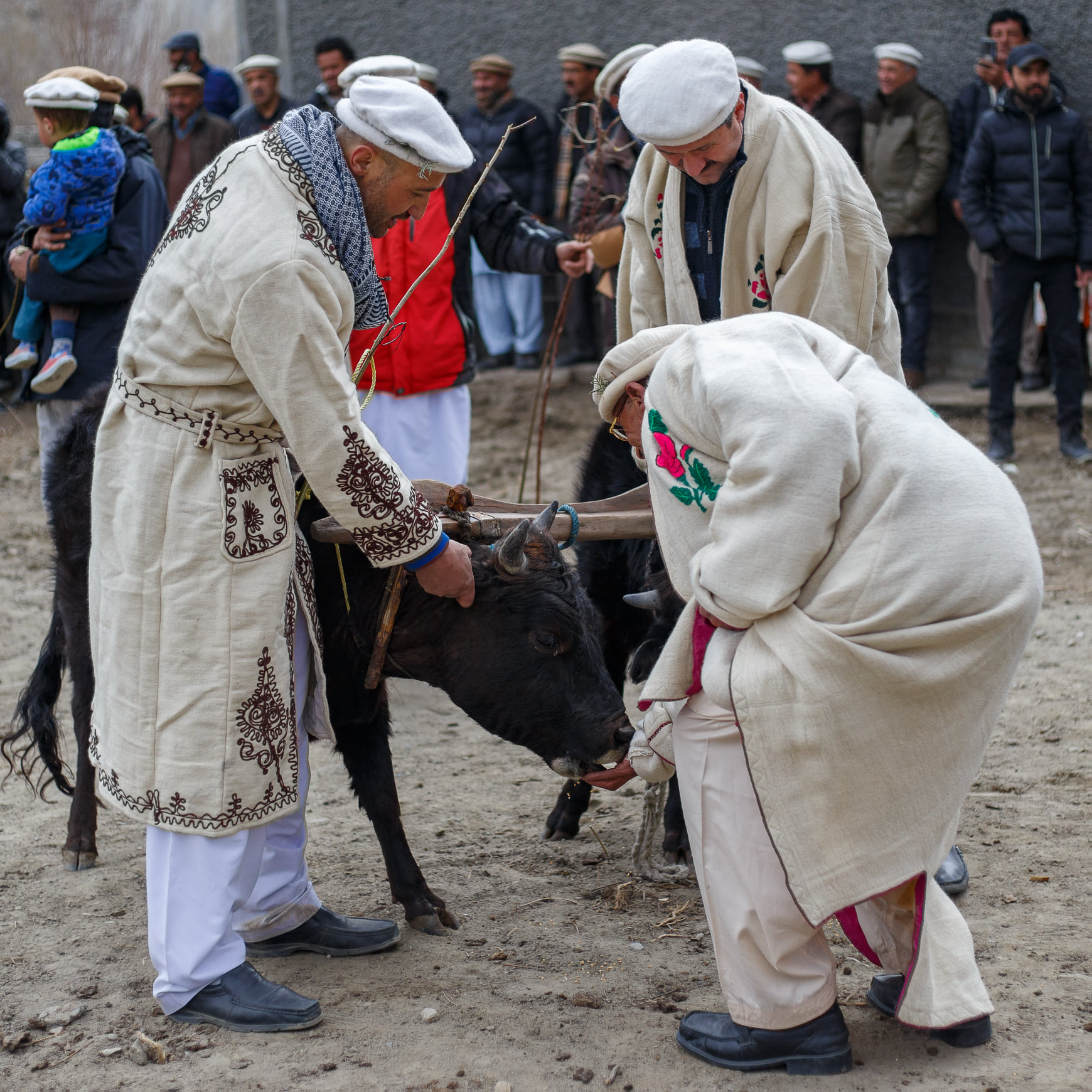
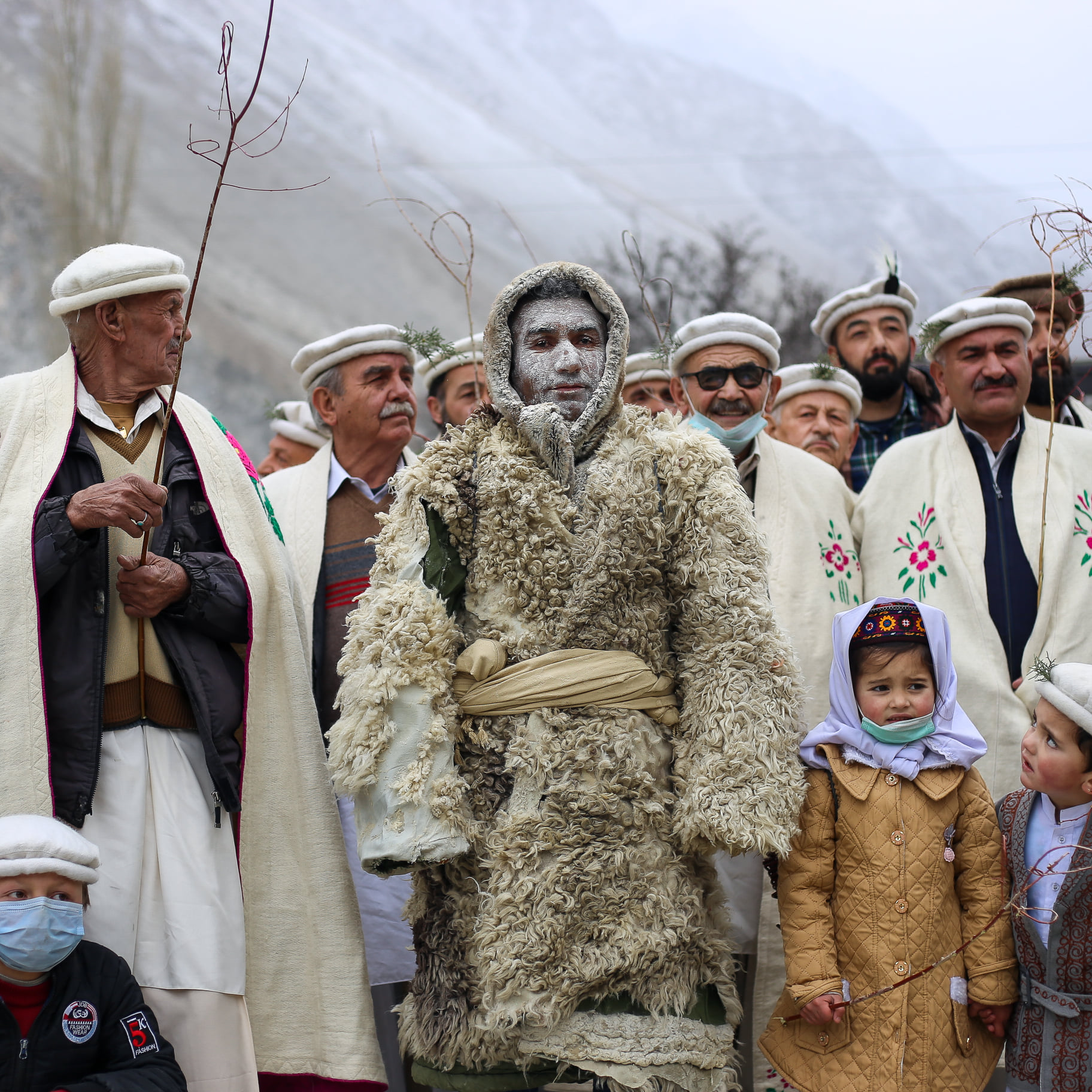
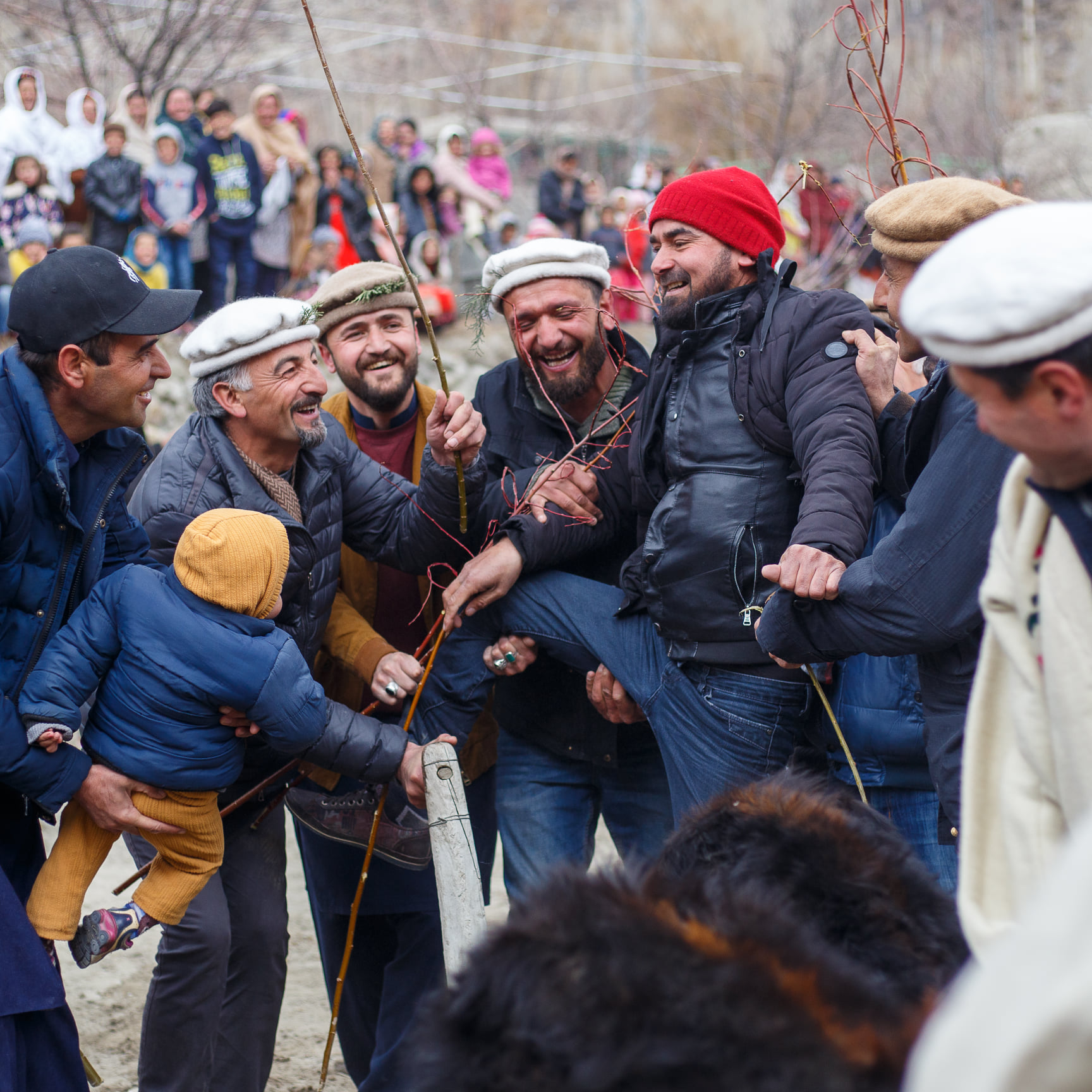
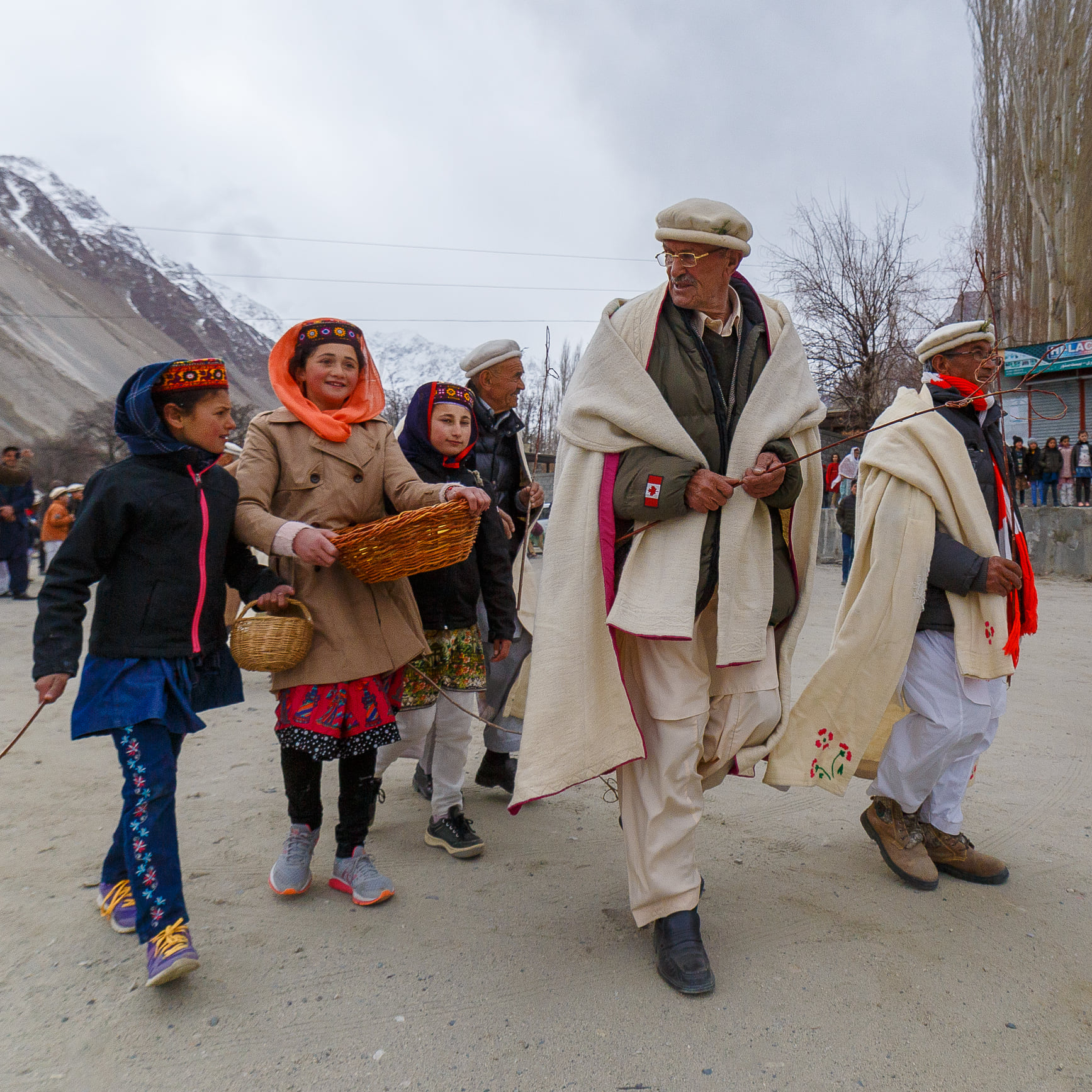
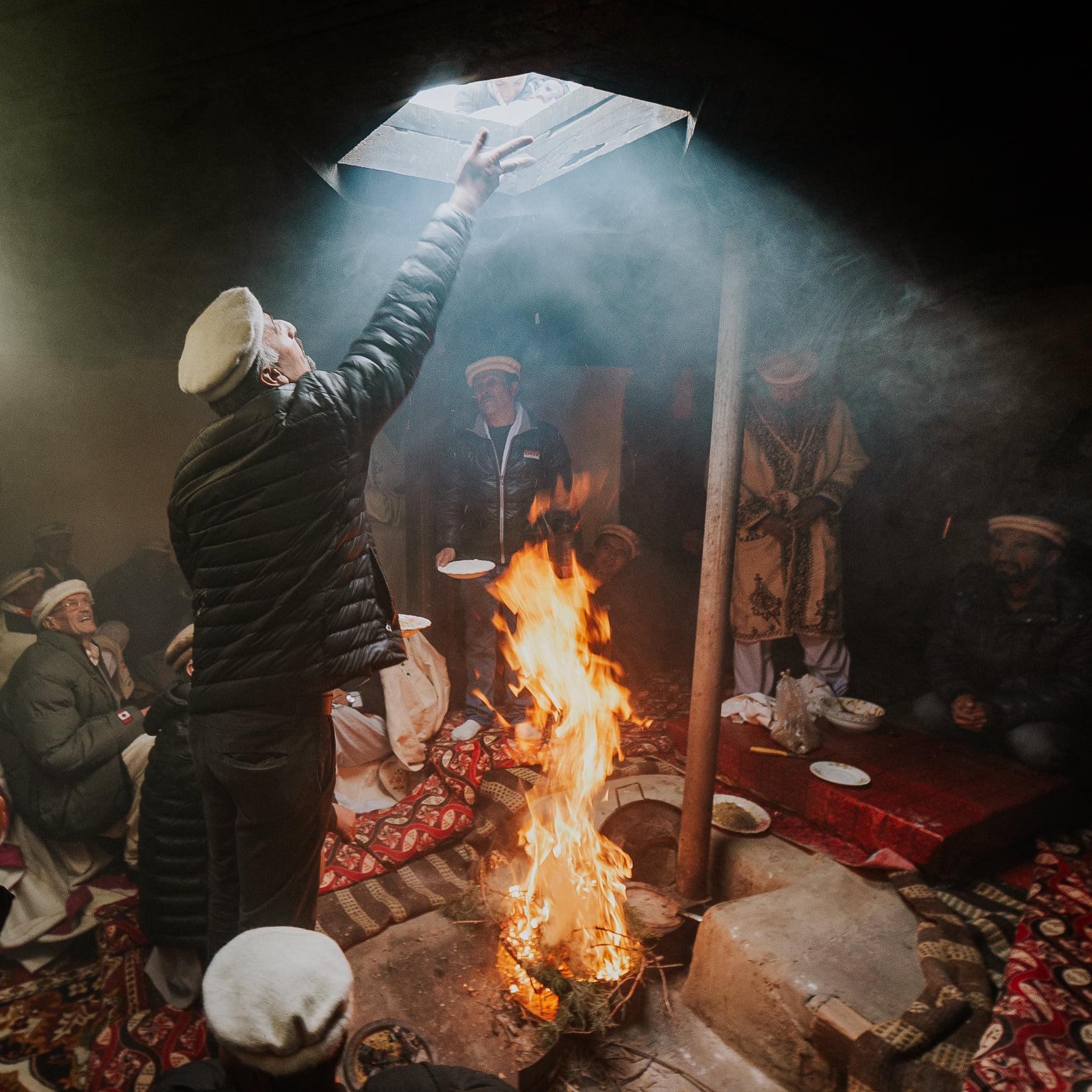
Chinir , Milk and Wheat Thanksgiving
Celebrated between mid-June and July, Chinir is Gulmit’s thanksgiving for the wheat planted during Taggam. Its timing depends on the crop’s growth. The first harvested wheat is served alongside fresh milk , symbols of sustenance and purity , as prayers are offered for continued blessings.
It is a simple but deeply meaningful festival, reinforcing the sacred link between the people, their land, and the divine. Families share food, and the village comes together to honor the cycle of planting and reaping that sustains life in the high mountains.
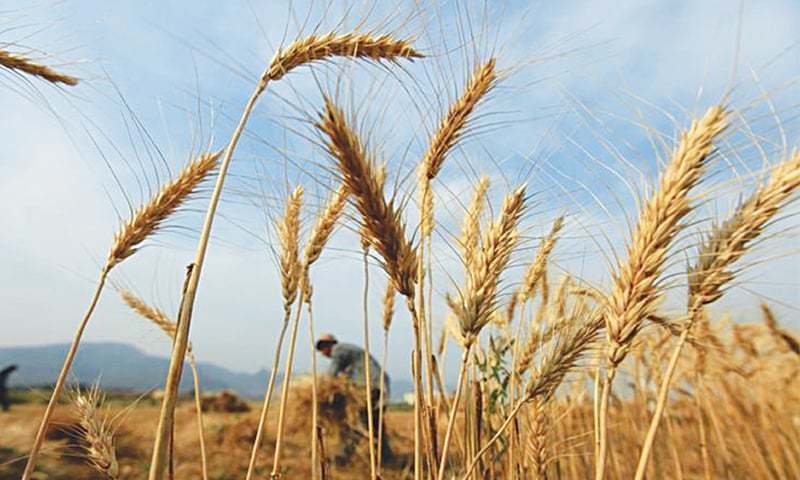
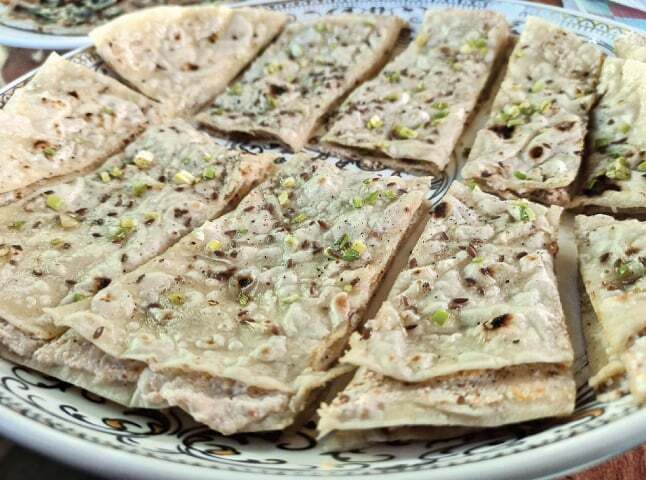
Nowruz , The New Day
On March 21, Gulmit joins communities across Central and South Asia in celebrating Nowruz, the Persian New Year. Homes are cleaned and decorated, special dishes are prepared, and families visit each other to exchange greetings and gifts.
In Wakhi culture, Nowruz is as much about spiritual renewal as it is about seasonal change. Disputes are resolved, friendships are renewed, and elders share stories of migration, ancestry, and resilience , reminding younger generations of their roots.
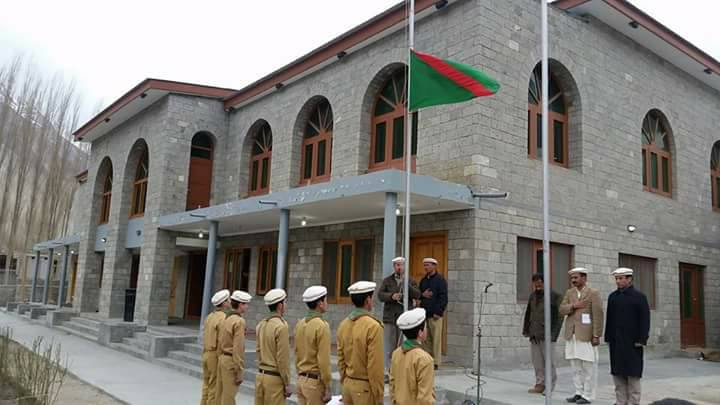
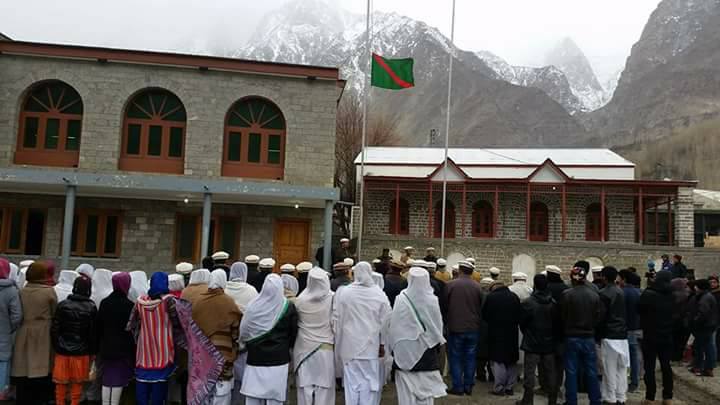
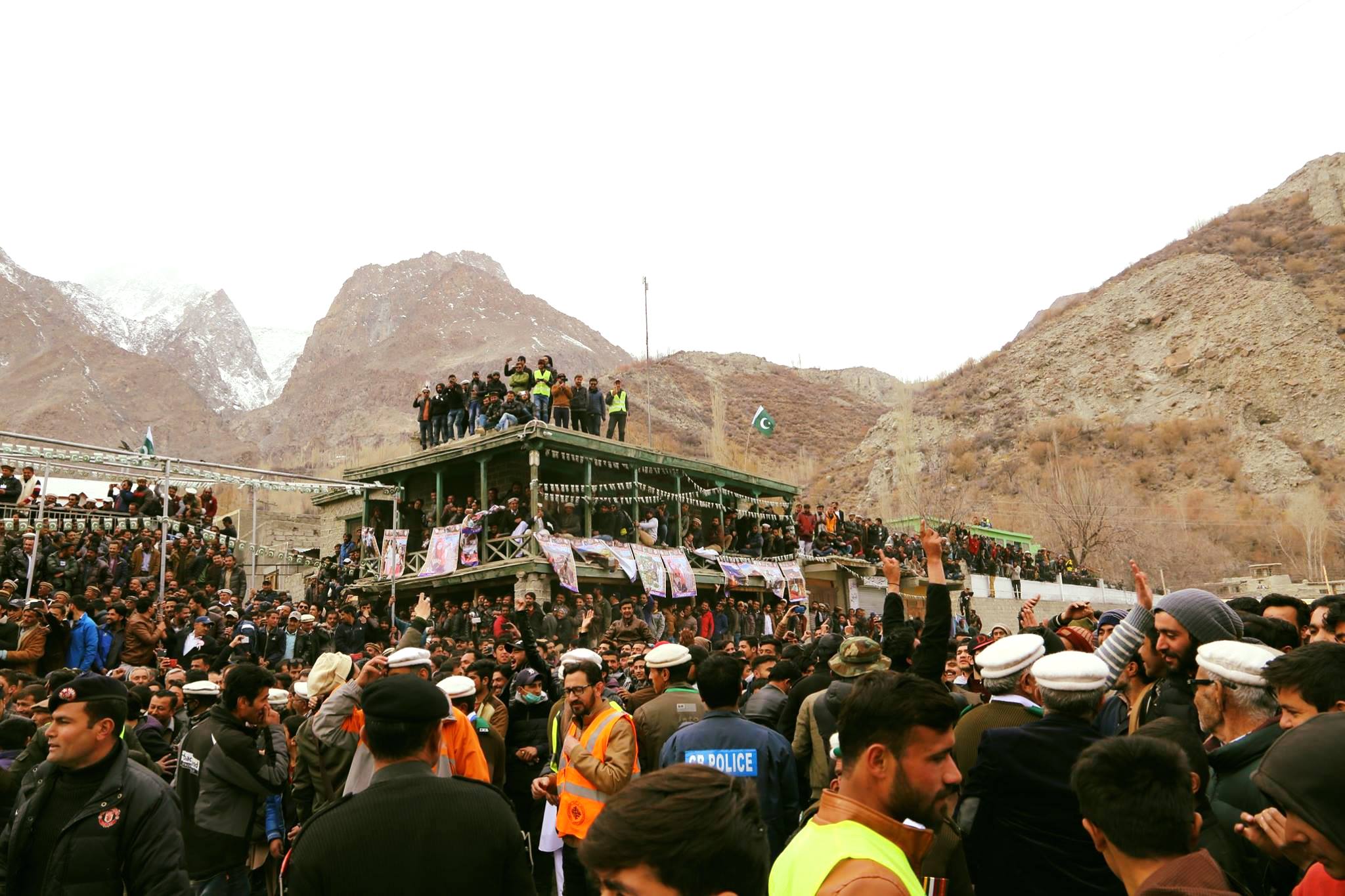
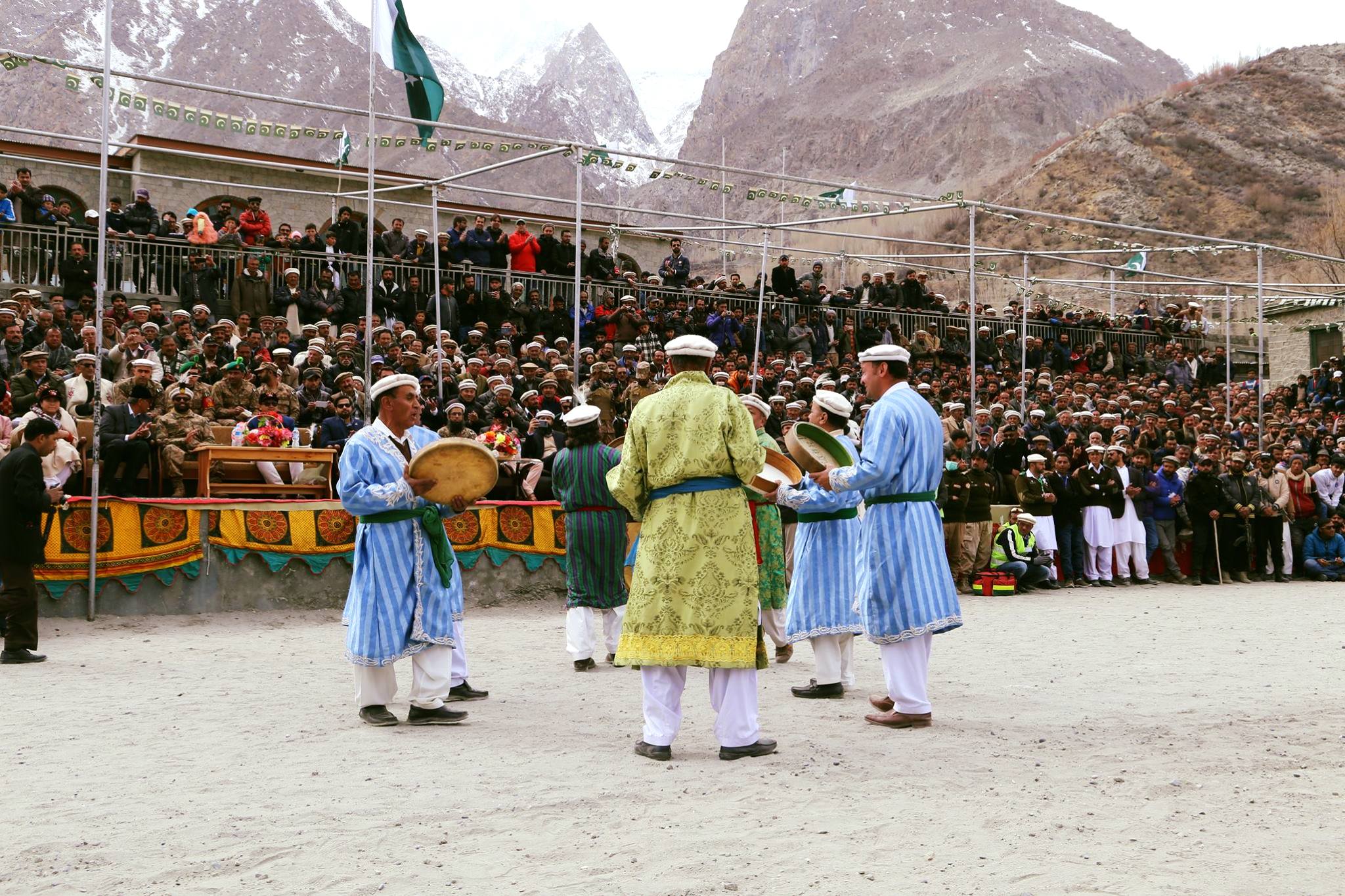
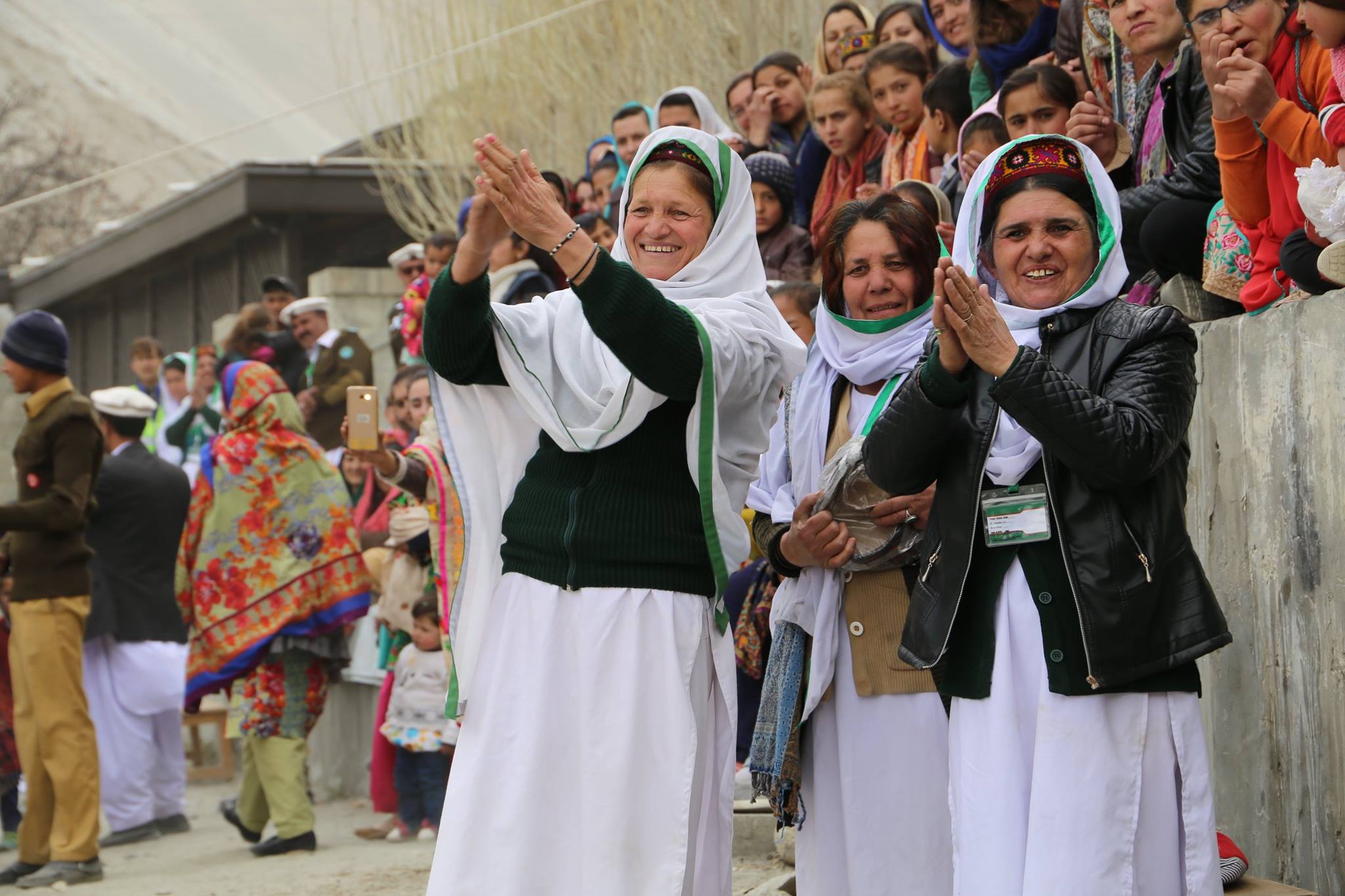
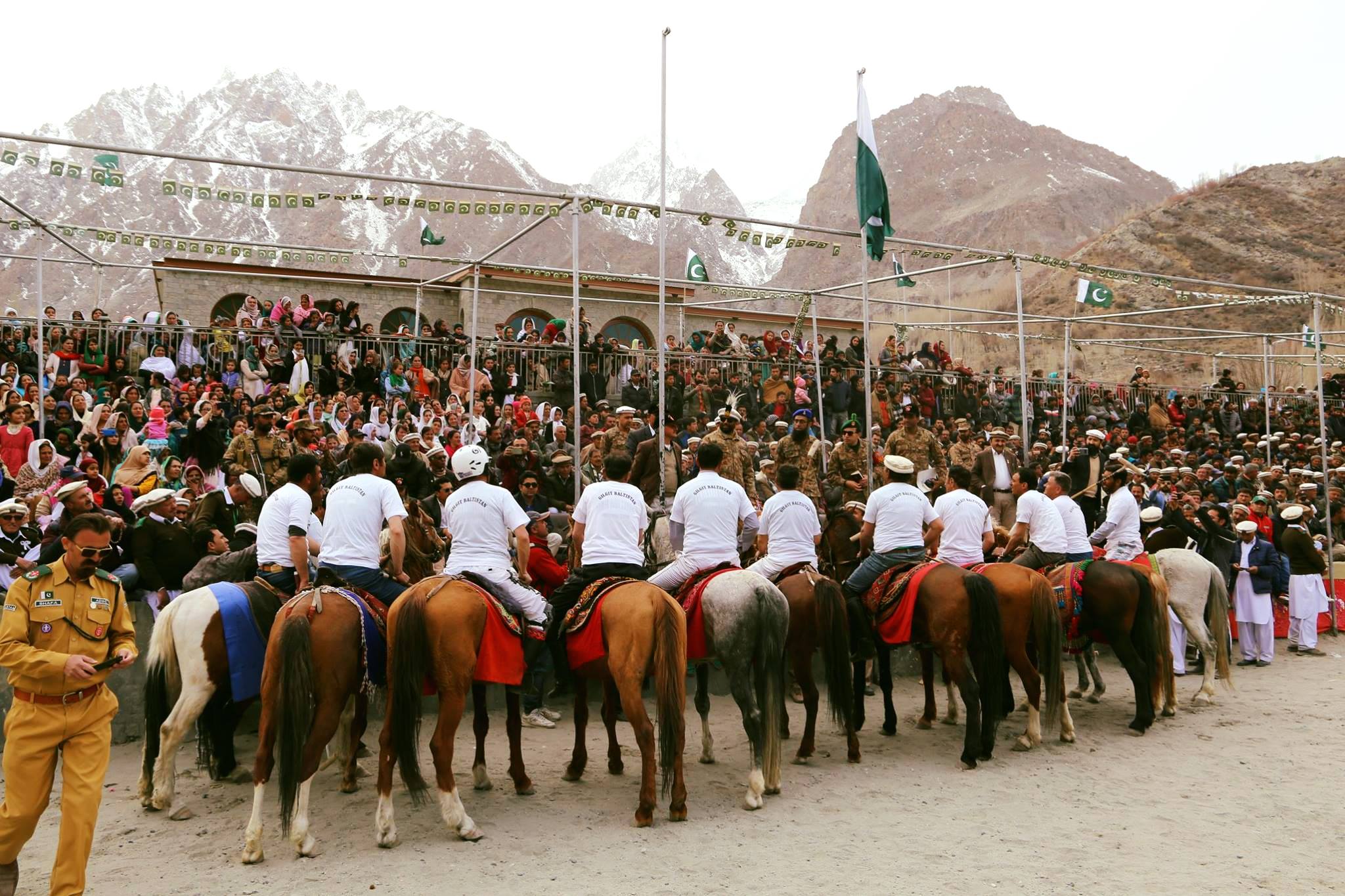

Saligrah , The Imam’s Birthday
Saligrah marks the birthday of the Ismaili Imam and is Gulmit’s largest and most elaborate celebration. Depending on the Imam’s date of birth, it can fall at different times, but preparations often begin weeks in advance.
The festival blends devotion with joy: prayer gatherings, charitable activities, cultural performances, and lavish communal feasts. Streets and halls are decorated in vibrant colors, traditional Wakhi dances fill the evenings, and the entire community unites in an expression of gratitude, service, and togetherness.
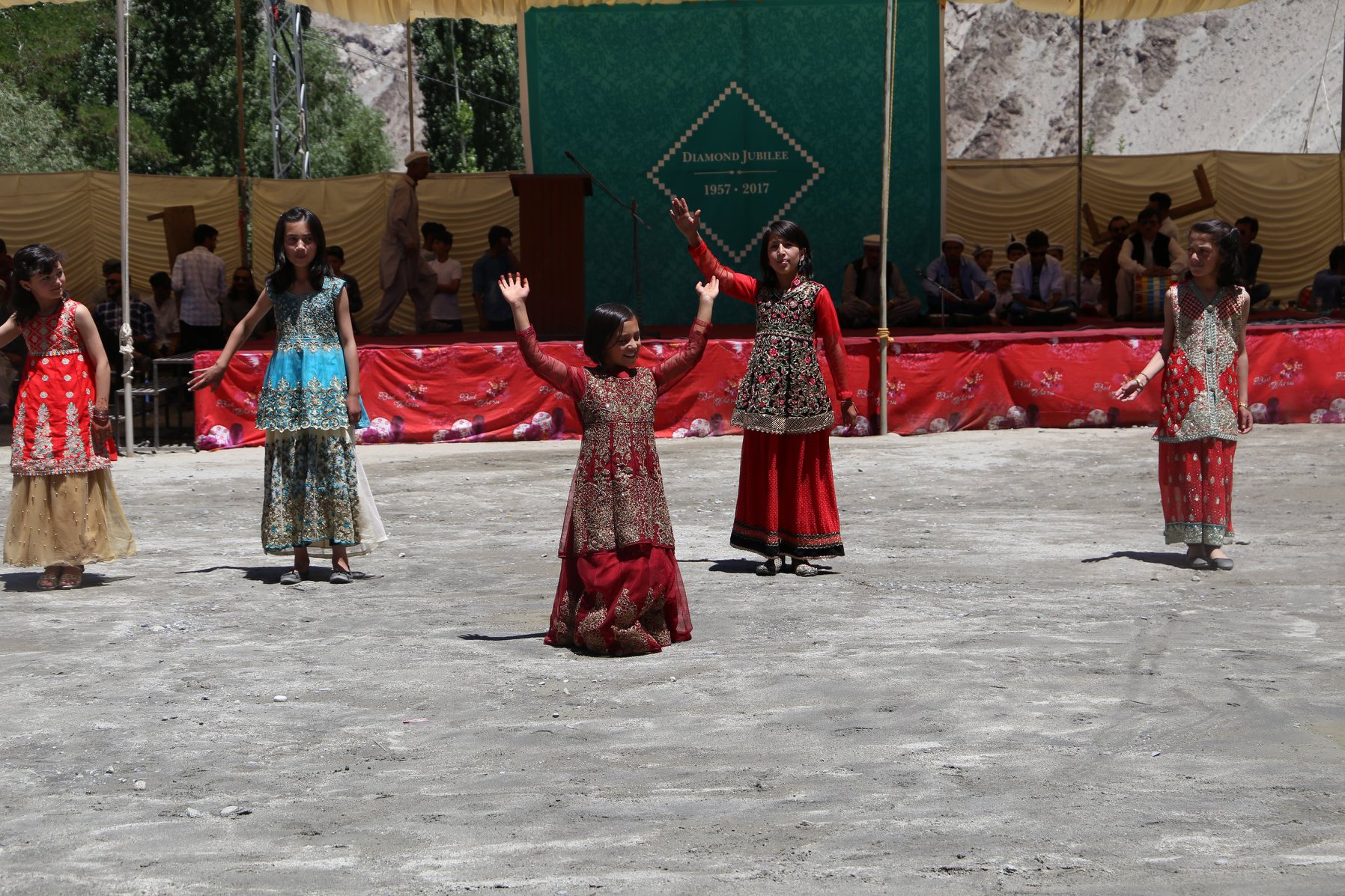
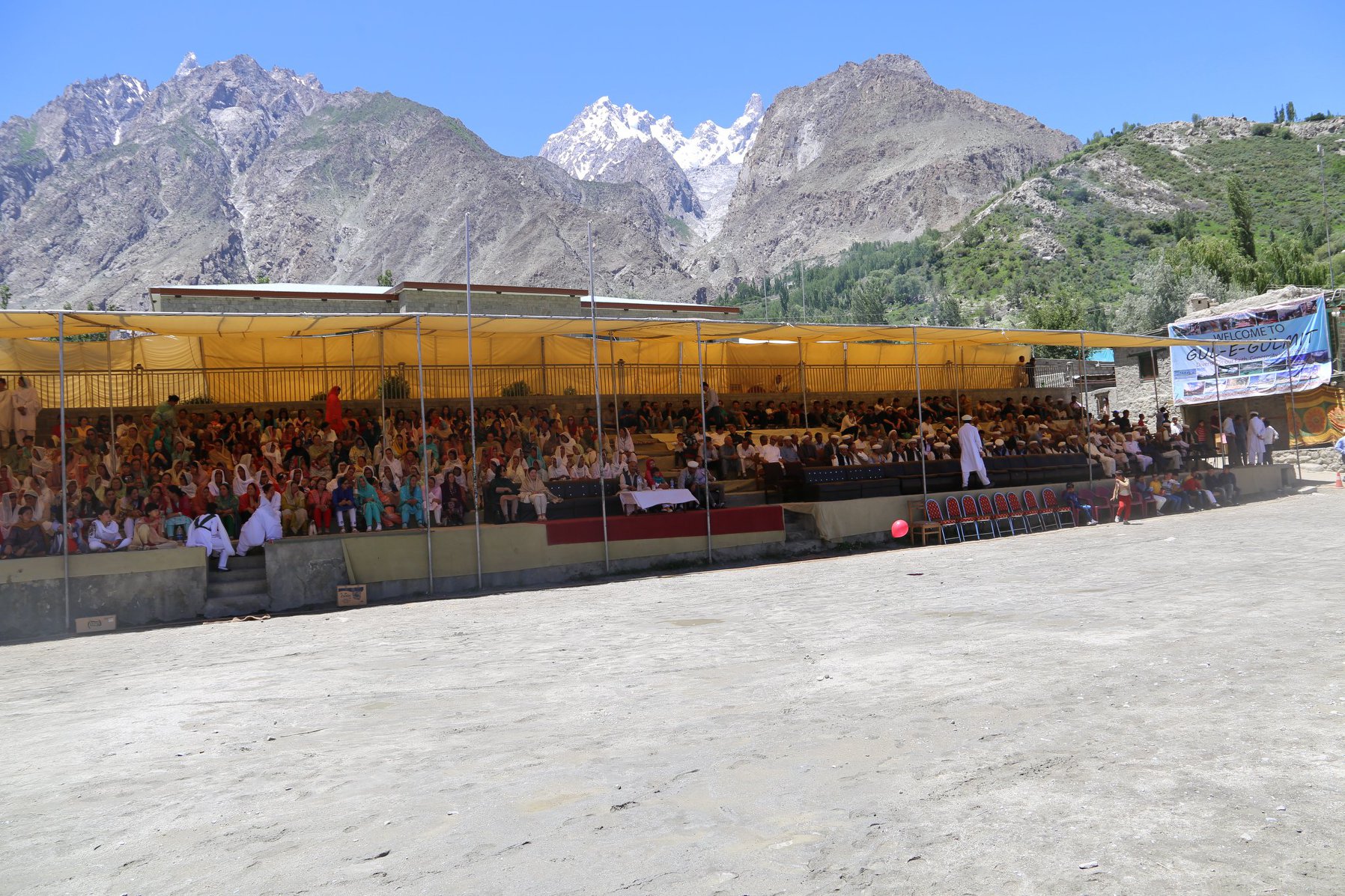
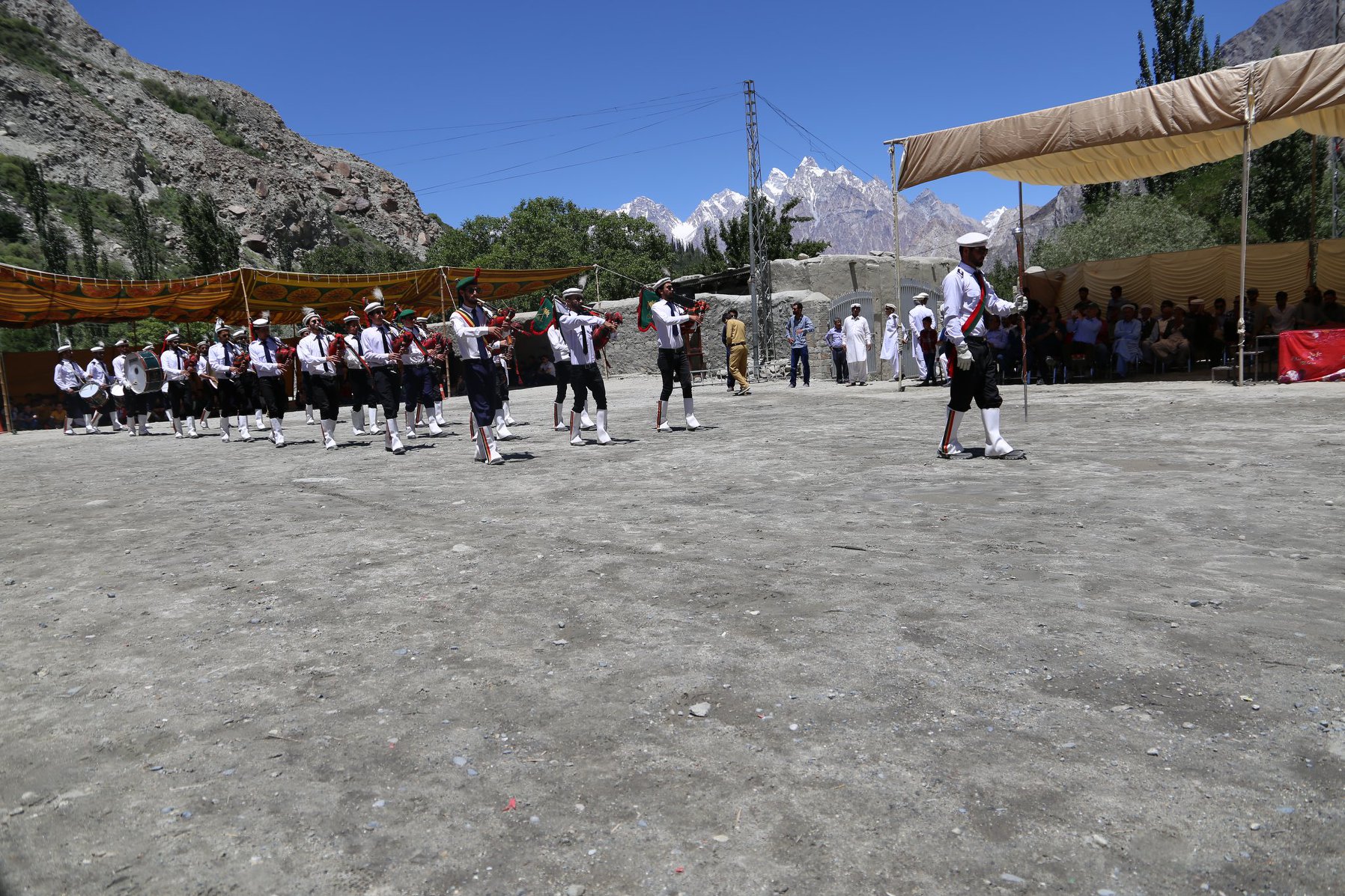
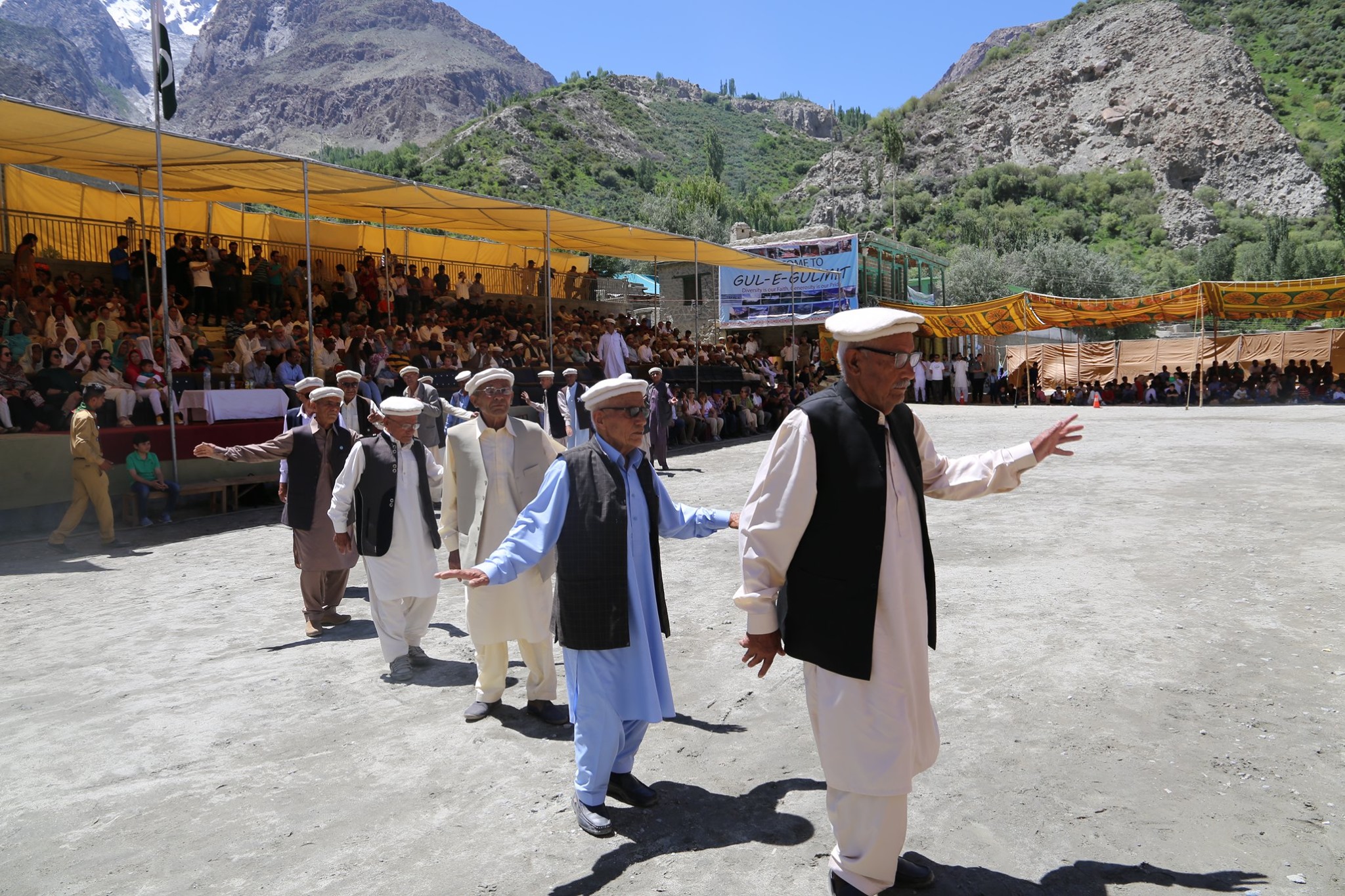
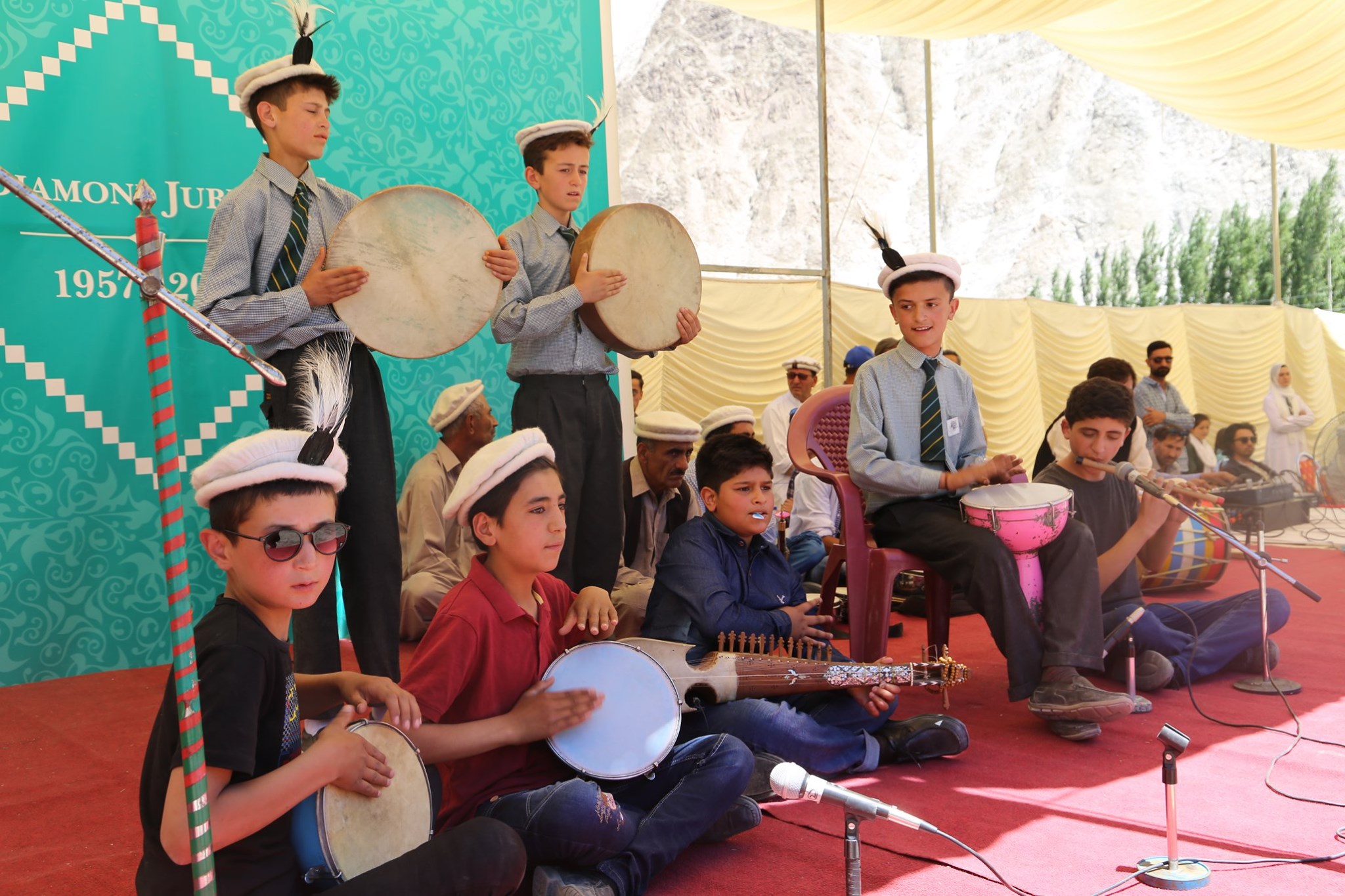
Gulmit’s festivals are not mere events, they are chapters of a living heritage, where agriculture, faith, and community intertwine. Whether under a spring sun, in the golden light of harvest, or amidst winter prayers, each celebration strengthens the valley’s bond with its past and its future.
